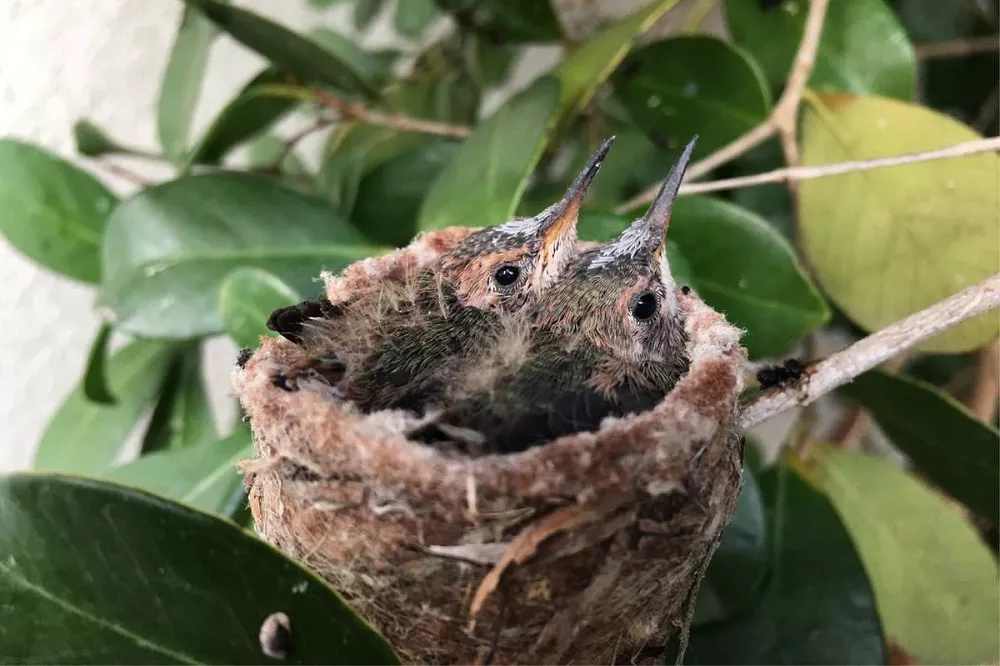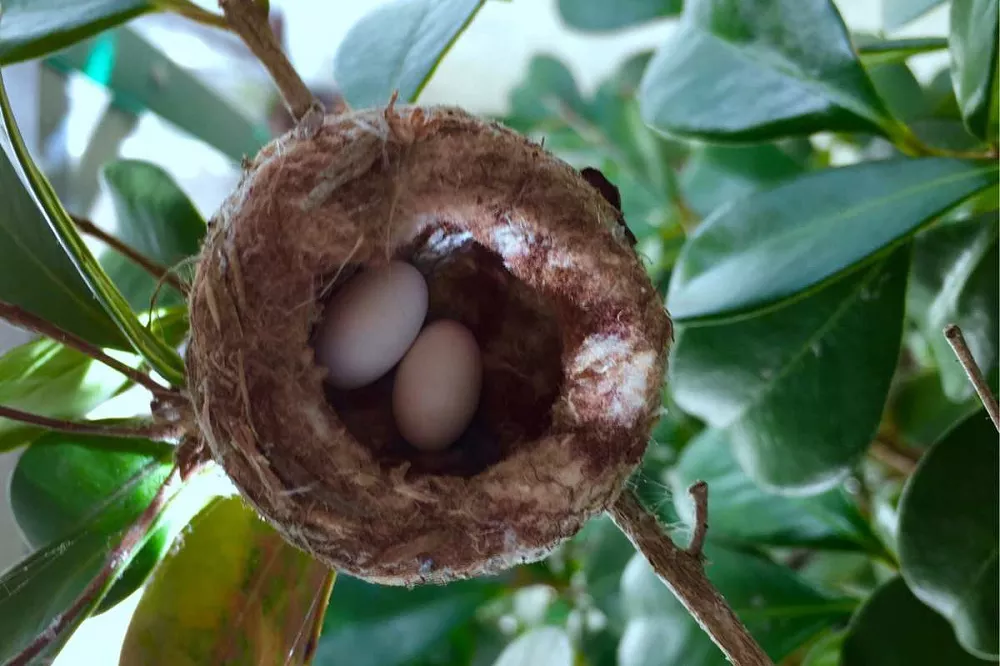Hummingbirds are known for their agility, speed, and strikingly beautiful appearance. They are also well-known for their incredible nest-building skills. These tiny birds construct nests that are masterpieces of engineering and design. In this article, we will explore all you need to know about hummingbird nests.
Location of Hummingbird Nests:
Hummingbirds typically construct their nests in trees, bushes, and other high places. The nest is usually lo
cated on the underside of a branch or leaf, and it is often camouflaged with lichens and other materials to blend in with its surroundings. The location of the nest provides protection from predators and harsh weather conditions.
Size and Shape of Hummingbird Nests:
Hummingbird nests are incredibly small, measuring just 1.5 to 2 inches in diameter. The nests are typically round or oval in shape, with a small entrance hole on the side. The entrance hole is just big enough for the mother bird to enter and exit, and it helps to keep predators out.

Hummingbird Nest
Construction of Hummingbird Nests:
Hummingbird nests are constructed using a variety of materials, including moss, lichens, spider webs, and small twigs. The materials are carefully woven together to form a sturdy structure. The interior of the nest is lined with soft materials such as feathers, fur, and plant down. This lining helps to keep the eggs and young birds warm and comfortable.
Hummingbird nests are incredibly durable, given their size. They are built to withstand strong winds and rain, and they can last for several years. The mother bird may reuse the nest for subsequent broods or construct a new nest altogether.
Incubation and Hatching:
Hummingbird eggs are incredibly small, measuring just 0.5 inches in length. The mother bird incubates the eggs for approximately 14 to 16 days, and the eggs hatch into tiny, naked chicks. The chicks are blind and helpless at birth and rely on their mother for warmth and nourishment.
Fledging:
Hummingbird chicks grow rapidly and fledge (leave the nest) approximately three weeks after hatching. After fledging, the young birds will continue to receive care and protection from their mother for several more weeks.
In conclusion, hummingbird nests are masterpieces of engineering and design. These tiny structures are constructed using a variety of materials and are designed to keep the eggs and young birds safe and comfortable. If you’re lucky enough to come across a hummingbird nest, take a moment to appreciate the incredible skill and dedication that went into building it.


 Facebook
Facebook  Instagram
Instagram  Youtube
Youtube 